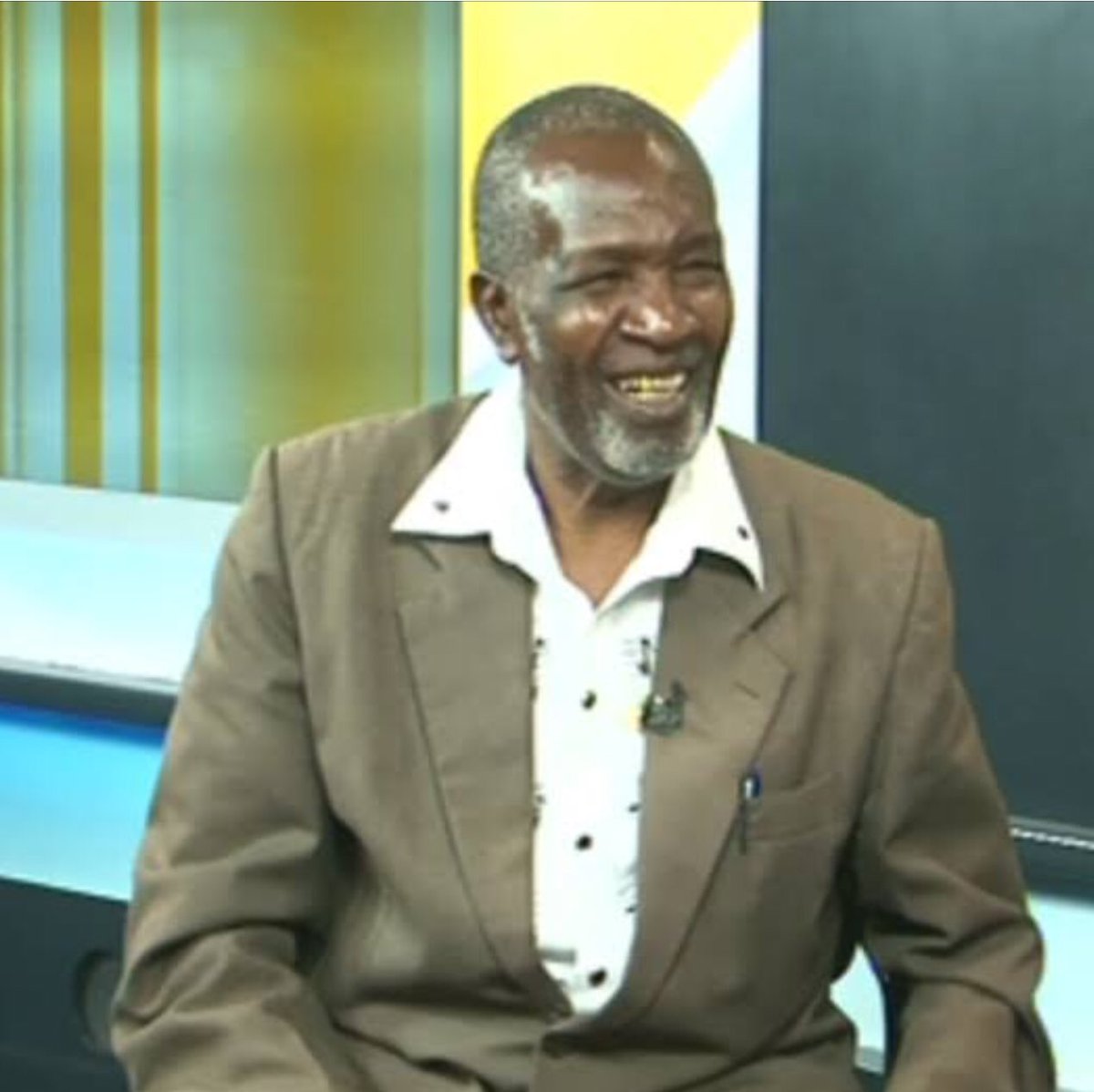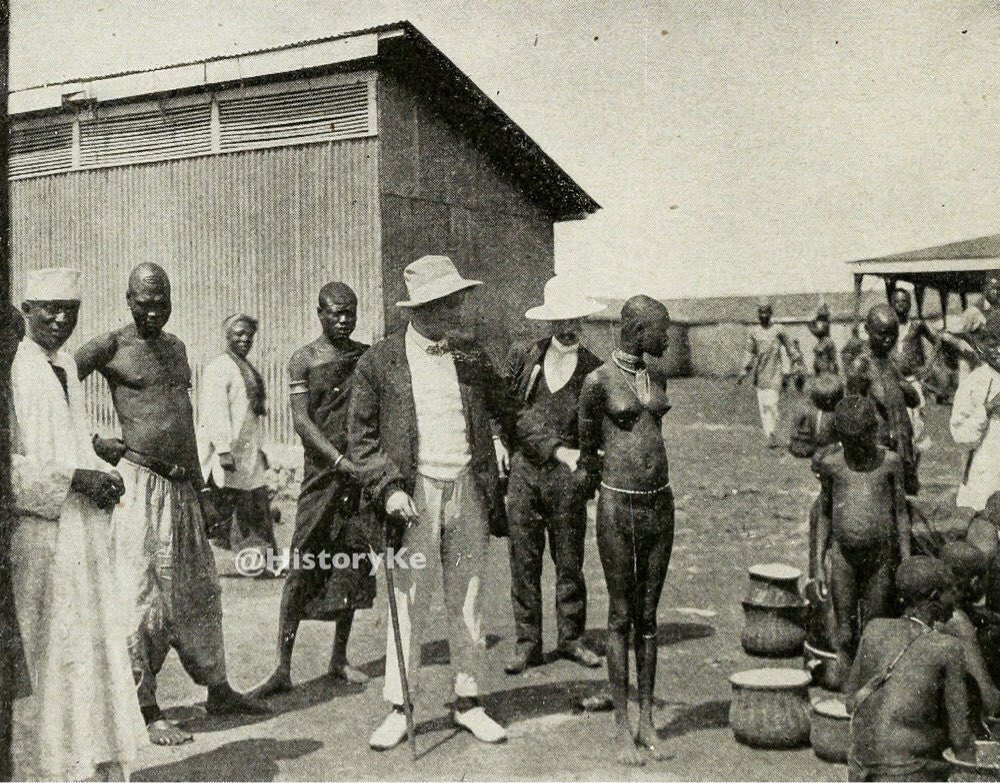1/16 #HistoryKeThread: This is John H. Patterson, he of the Man Eaters of Tsavo (book) fame and engineer-in-charge of the railway bridge at Tsavo. He is pictured at camp on 10th December 1898, a day after he killed the first of two lions that terrorized... 

2/16 ...workers camped by the Tsavo River.
3/16 The two lions, christened The Ghost and The Darkness, instituted a reign of terror for many a night at the construction camp. In his book, Patterson noted that “between them [the lions], no less than 28 Indian coolies [labourers], in addition to scores of...
4/16 ...unfortunate African natives of whom no official record was kept” were killed.
5/16 So terrified were the workers that some of them, believing that the entire mission was cursed, and in spite of assurances by Patterson, abandoned work and returned to Mombasa. Angry sit-ins and boycotts took place each time the lions claimed a victim.
6/16 Accordingly, the lions’ reign of terror delayed construction of the bridge over Tsavo. Realising that the menace of the man-eaters had to be dealt with urgently, Patterson dispatched messages seeking help from European administrators. 

7/16 The local Tsavo District Officer at the time, a Mr. Whitehead, volunteered himself.
8/16 He arrived by train on the night of 2nd December 1898, a day after a mass exodus of workers had taken place.
9/16 Whitehead disembarked and walked towards the camp, accompanied by an assistant, Abdullah.
10/16 Without the lamp that Abdullah held in his hand, it was not possible in the indiscernible dark to see the path from the station to the camp.
11/16 Suddenly, out of the darkness, a lion leaped at Whitehead, tearing into his back with its claws. Startled, Whitehead instinctively shot his weapon.
12/16 He missed.
13/16 The lion froze, no doubt rattled by the loud gunshot. Then almost immediately the lion violently pounced on Abdullah and dragged him off into the darkness.
14/16 In the wee hours of the morning, a concerned Patterson, rifle in hand, went out look for Whitehead as he was supposed to have arrived the previous night. The two would later bump into each other somewhere in the Tsavo grasslands.
15/16 Patterson led a shaken Whitehead (pictured here) to camp, where the latter’s injuries were attended to. 

I’d recommend that folks read Patterson’s book (preferred), if not then find and watch the movie Ghost and The Darkness.
But some scenes depicted in the movie were at significant variance to actual events captured in the book.
But some scenes depicted in the movie were at significant variance to actual events captured in the book.
• • •
Missing some Tweet in this thread? You can try to
force a refresh














